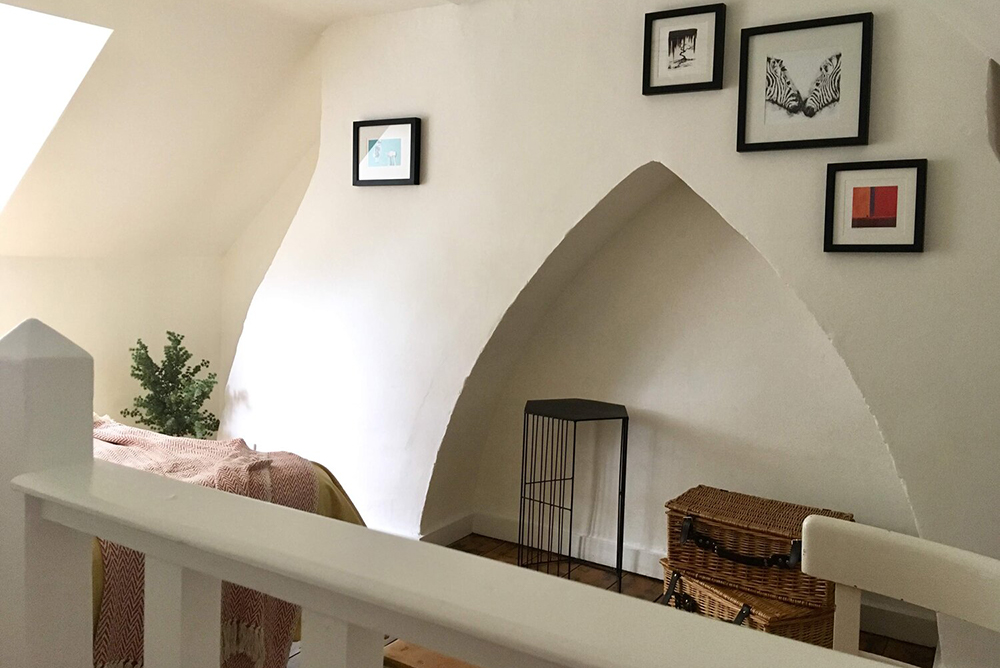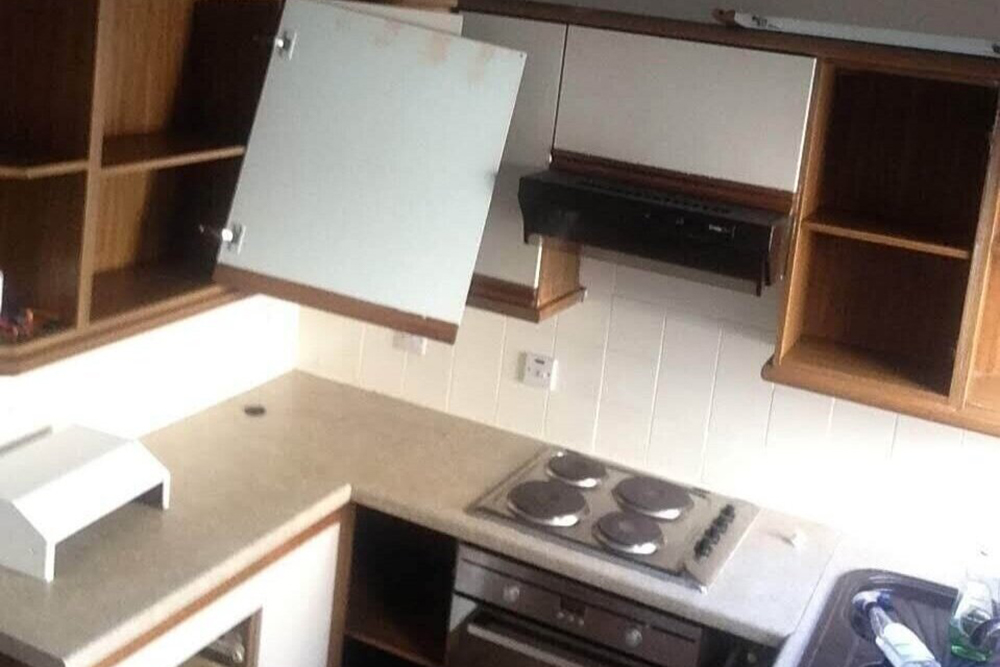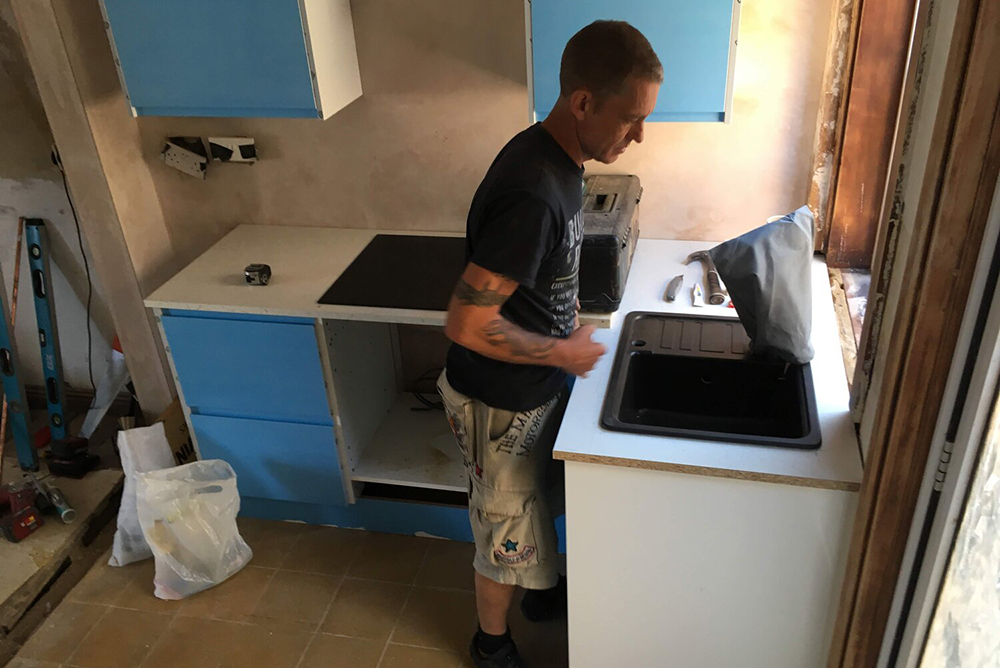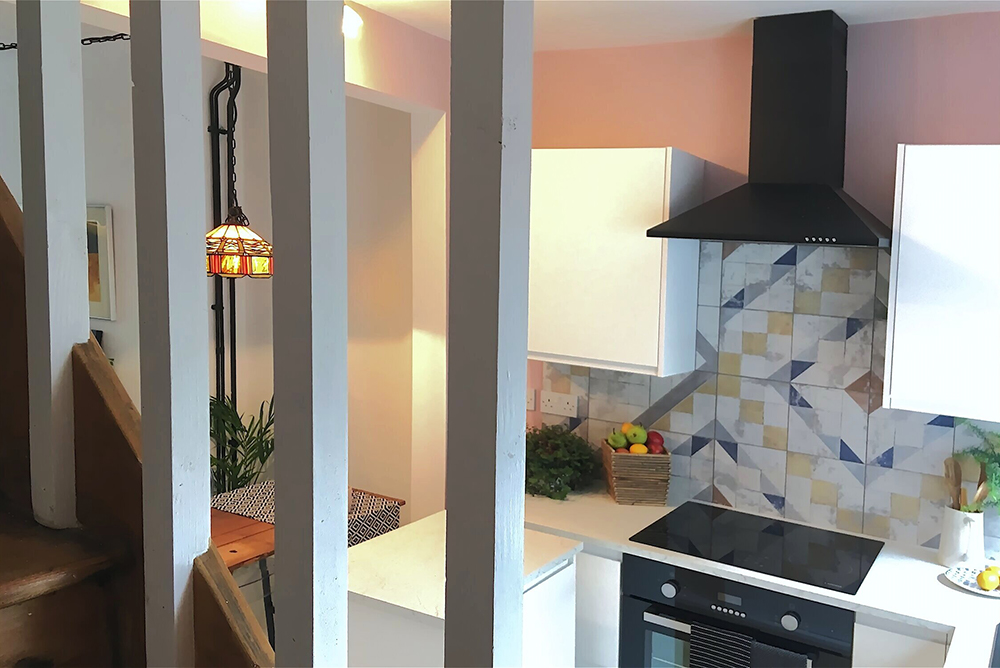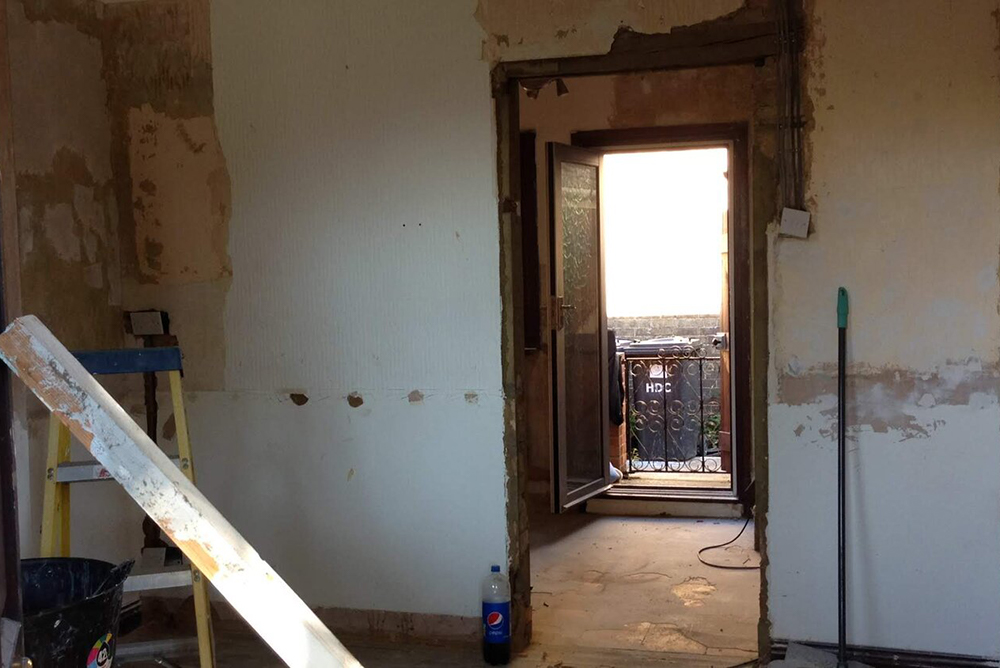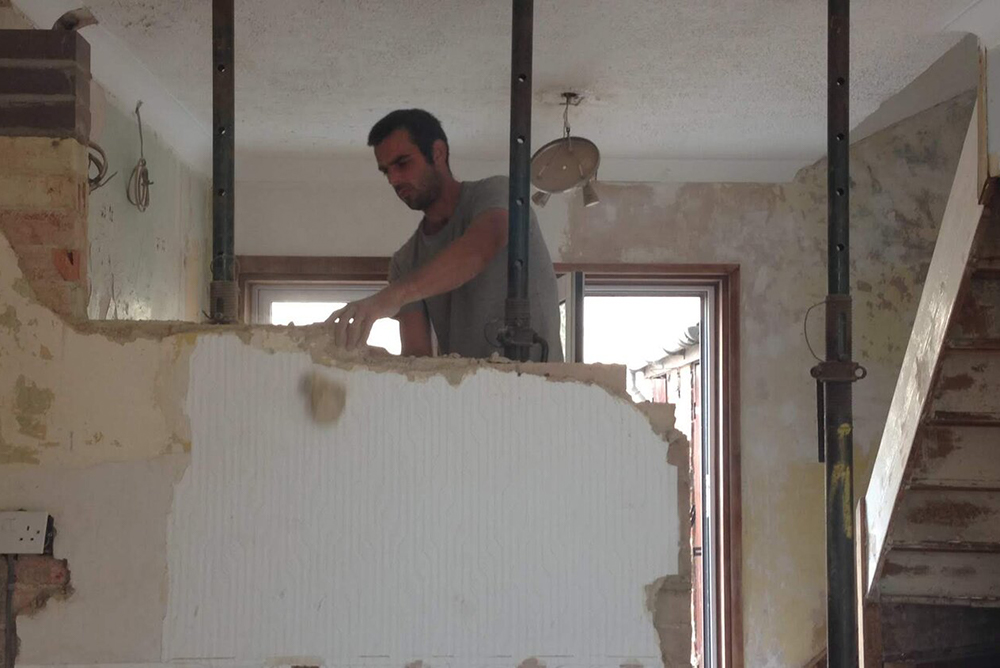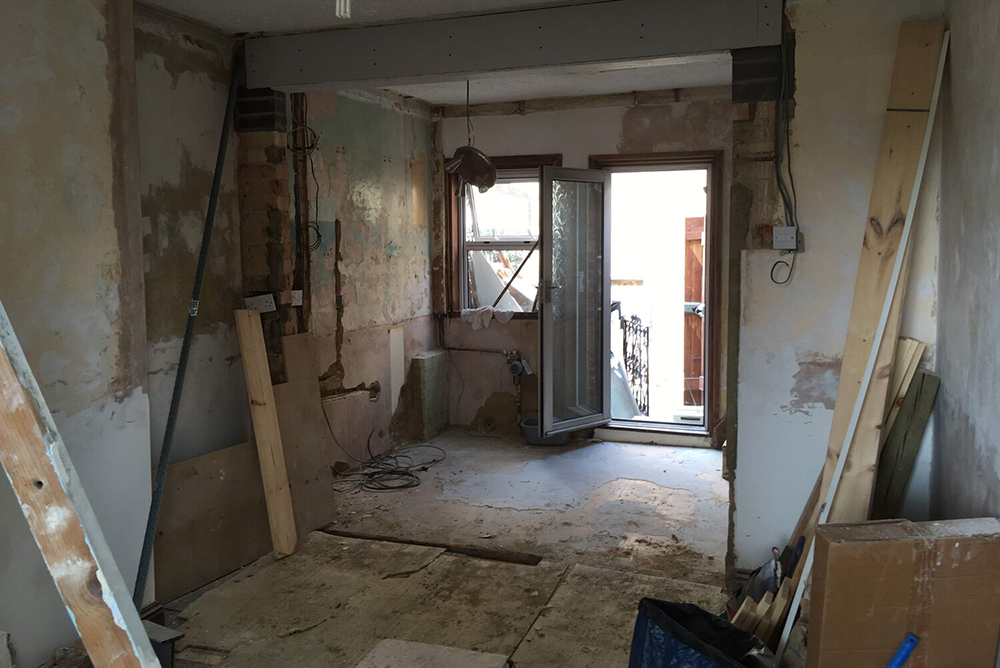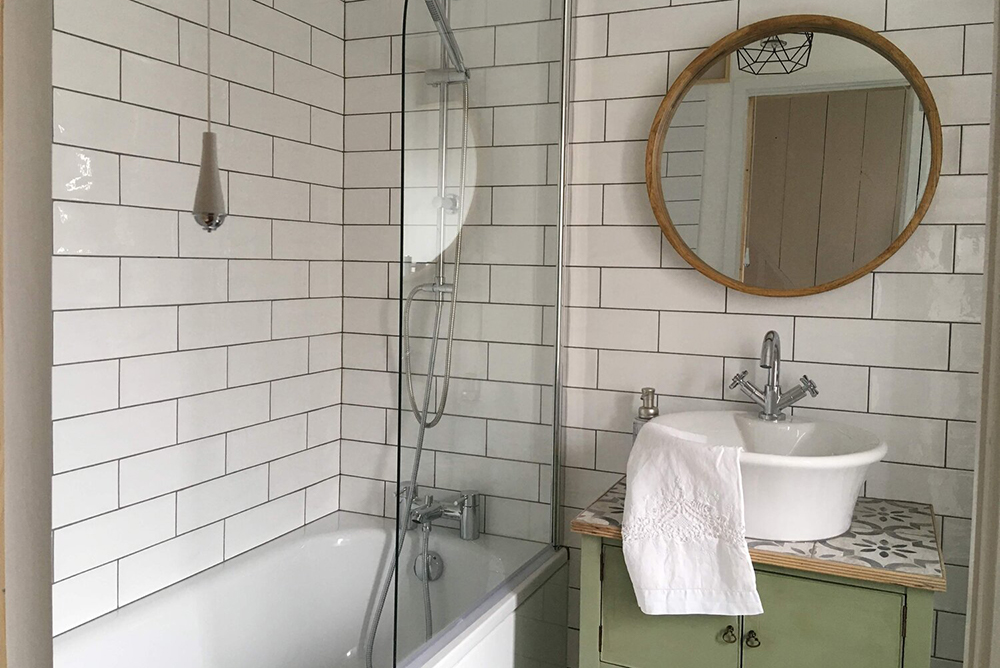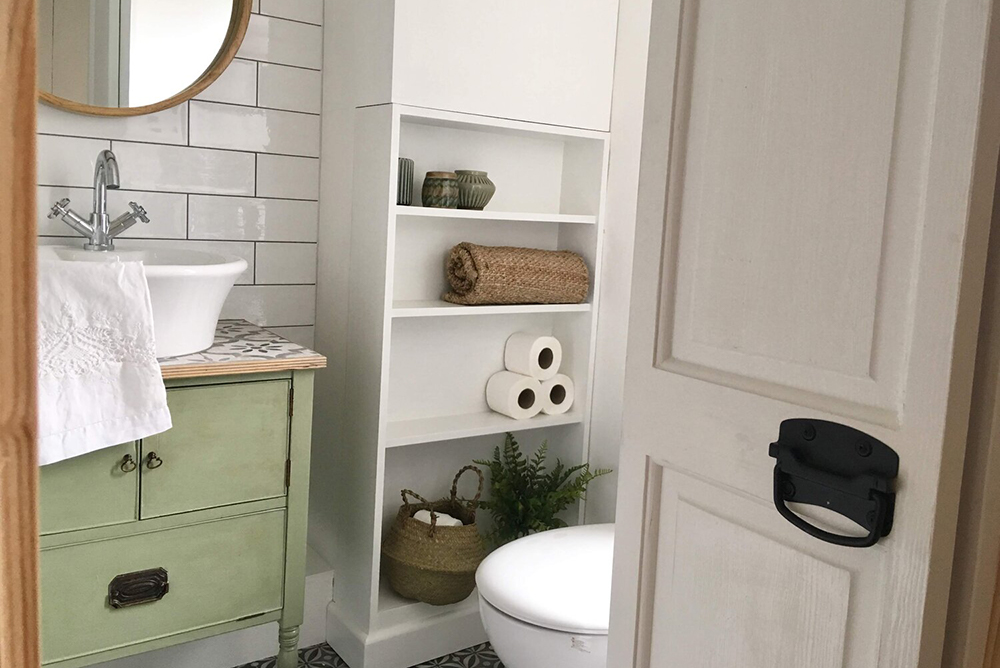
New listings are on the rise and stock is quickly shifting since the first month of the Stamp Duty holiday but there are already fears about how long it will last.
Analysis by property website Home.co.uk found supply of new sales instructions is “exceeding normal levels” and properties are being quickly snapped up close to asking price, but separate research by RICS warns this may not last into next year.
Home.co.uk’s research based on agency listings found London agents were the busiest with the total of new inventory in July up 45% annually
The east and south-east of England regions were not far behind with new instructions up 29% and 30% respectively.
Despite an overall uplift in monthly supply of 22%, the UK total of stock for sale remains 9.1% lower than a year ago.
Average asking prices are up 3.3% annually to £319,039, according to Home.co.uk, which said 13% fewer properties on the market were reduced in price last month compared with July 2019, suggesting vendors remain both confident and patient.
This confidence was partially reflected in the latest RICS Residential Market Survey for July.
Increasing numbers of surveyors are now reporting more enquiries, instructions and sales since the Stamp Duty threshold was raised at the start of July.
However, while 26% more predicted an increase rather than drop in sales over the next three months, 10% thought activity would decline instead of rise on a longer-term outlook of 12 months.
Respondents expressed concerns about the prospects for the UK economy and the impact this will have on employment as the furlough scheme expires in October and the Stamp Duty holiday ends next year.
The research was also conducted before the UK officially entered recession.
Simon Rubinsohn, chief economist for RICS, said: “The strong impetus provided to the housing market is evident both in the results of the RICS survey and many of the anecdotal comments from respondents.
“However, it is interesting that there remains rather more caution about the medium-term outlook with the macro environment, job losses and the ending or tapering of government support measures for the sector expected to take their toll.
“Significantly, some contributors are now even referencing the possibility of a boom followed by a bust.”
See original post on Property Industry Eye
Looking to sell your property in London? Register your property with us for a fast sale. Property Sales.




